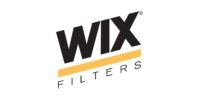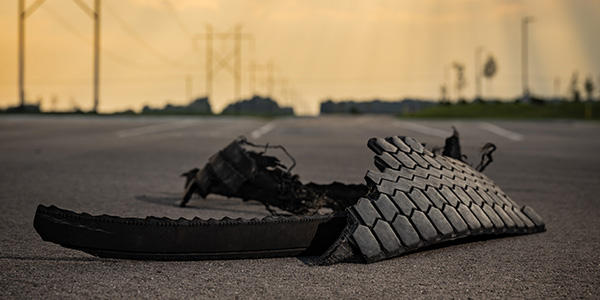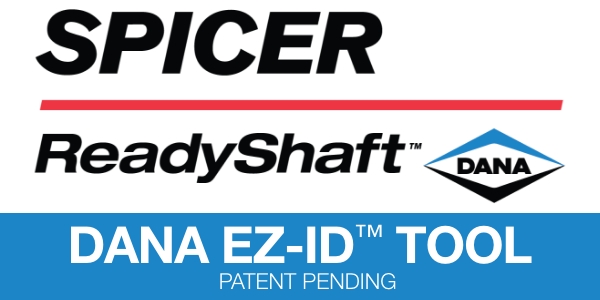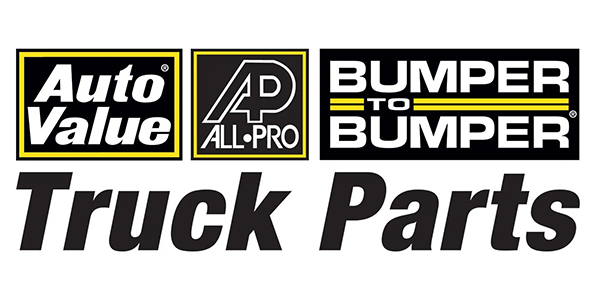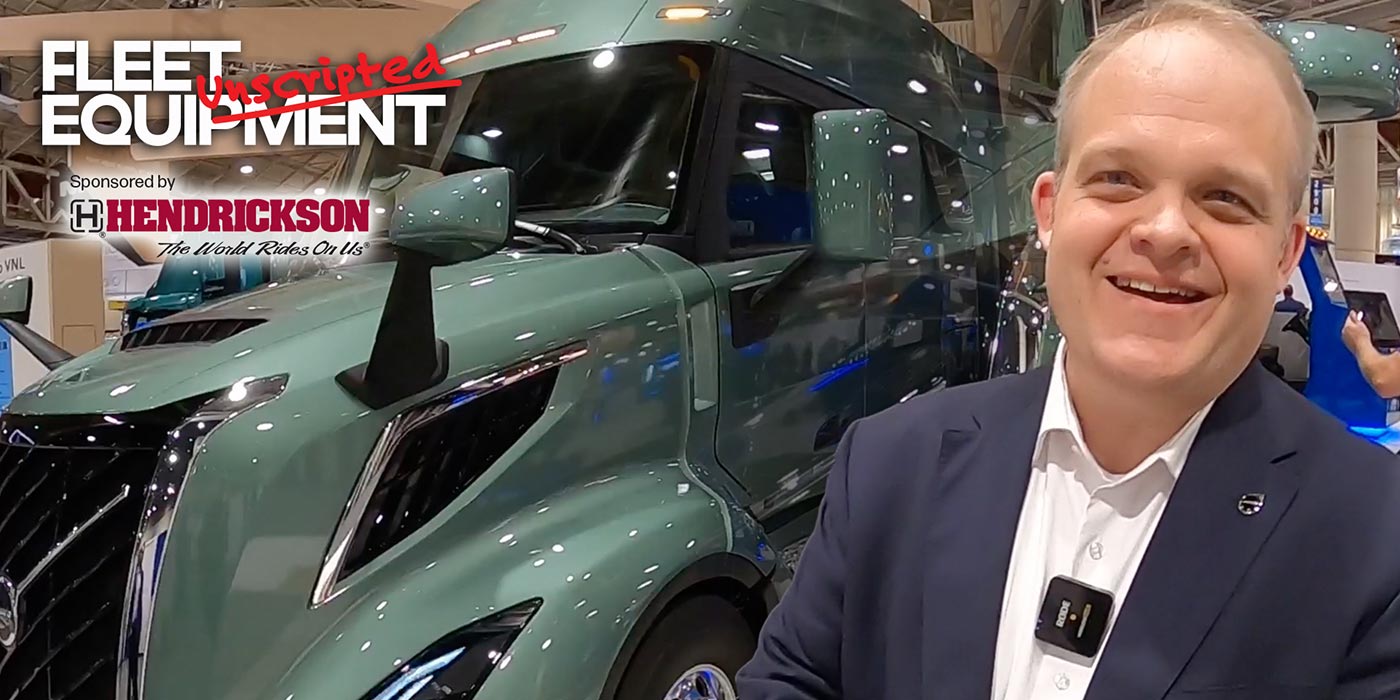“Nothing is simple with modern engines,” said Donald Chilton, director, product management, Wix Filters. Diesel engine emissions regulations and efficiency demands continue to push trucking power plant technology to new levels—increasingly complex levels.
Consider the engine’s coolant system. Across all engines it has the same basic function: Get excessive heat out of the engine during operation and prevent freezing in non-operation. In practice, however, different coolant types of mixes can make a mess of the coolant system if you’re not paying attention.
A bit of background: Before the development of organic acid technology (OAT) or extended life coolants (ELCs), nitrites were used to protect wet sleeve liners in heavy-duty engines from cavitation damage. Today, most fleets are running ELC that employ OAT for proper cylinder protection. Some OEMs requested that coolant manufacturers add nitrite into OAT-infused extended life coolants, which account for nitrited organic acid technology (NOAT) coolants. There are also acronyms like IAT and HOAT.
The bottom line is: “You must use what the engine manufacturer specifies and never mix different types of coolant!” Chilton stressed.
Don’t let the coolant complications intimidate you. Regular coolant inspection and maintenance is extremely important. If left unchecked, any coolant will turn acidic and begin to eat away at seals and metal parts over time.
“In addition to the potential issues with older style engines, the new modern Tier 4 diesel engines are also using the cooling system for exhaust gas recirculation coolers,” Chilton explained. “A leak in this could damage the intake valves and the diesel particulate filter as well. Leaks are very hard to tell in this system until it is too late and damage has occurred.”
Here are the coolant maintenance basics that Chilton recommended. As always, refer to your manufacturer’s instructions for specific maintenance procedures.
No. 1: Fill it up
Make sure the coolant level is filled properly. If you start to see increased usage, you have a leak somewhere and it should be addressed now. As previously stated, don’t mix coolant types. Follow the OEM recommended type of coolant.
No. 2: Test the coolant
Have the coolant itself analyzed to see what chemistry looks like. This way you will know before the acidity becomes too much and any other issues in the system. Just draining and refilling will not fix a larger issue so make sure to analyze the fluid. This is the only way to be certain before that next big job on the road.
No. 3: Mind the coolant filter
“Many filters use supplemental coolant additives [SCA] inside, while others do not,” Chilton said. “Make sure you are picking the correct filter based on your application and needs.”
Remember: The coolant and filter are part of the same eco-system. You do not want to introduce SCAs to the system via the filter if it is not needed, or it may be needed and some filters have different levels of SCA, introducing too many SCAs will harm the entire system.
“It is important to be cognizant of what coolant you need, what you introduce into the system and to measure,” Chilton said. “If the system gets too acidic, it will also attack the metal and filter media inside the spin-on and reduce filtration performance.”
Wix Filters offers coolant filters for a range of diesel engines and coolant mixes. Click here to see Wix Filters’ coolant filter offer.


